Visit Tarragona is to pay a visit to the past, to the history of the Iberian Peninsula. Because, oddly enough, there was a time when she was dominated by him. Roman empire (It all started in 218 BC and ended back in the 4th century).
In the XXI century, Tarragona is a city where culture, tradition and history coexist perfectly, it is also a city that look towards the future and in which you can enjoy, but a lot, the present. We prove it in these 48 hours!
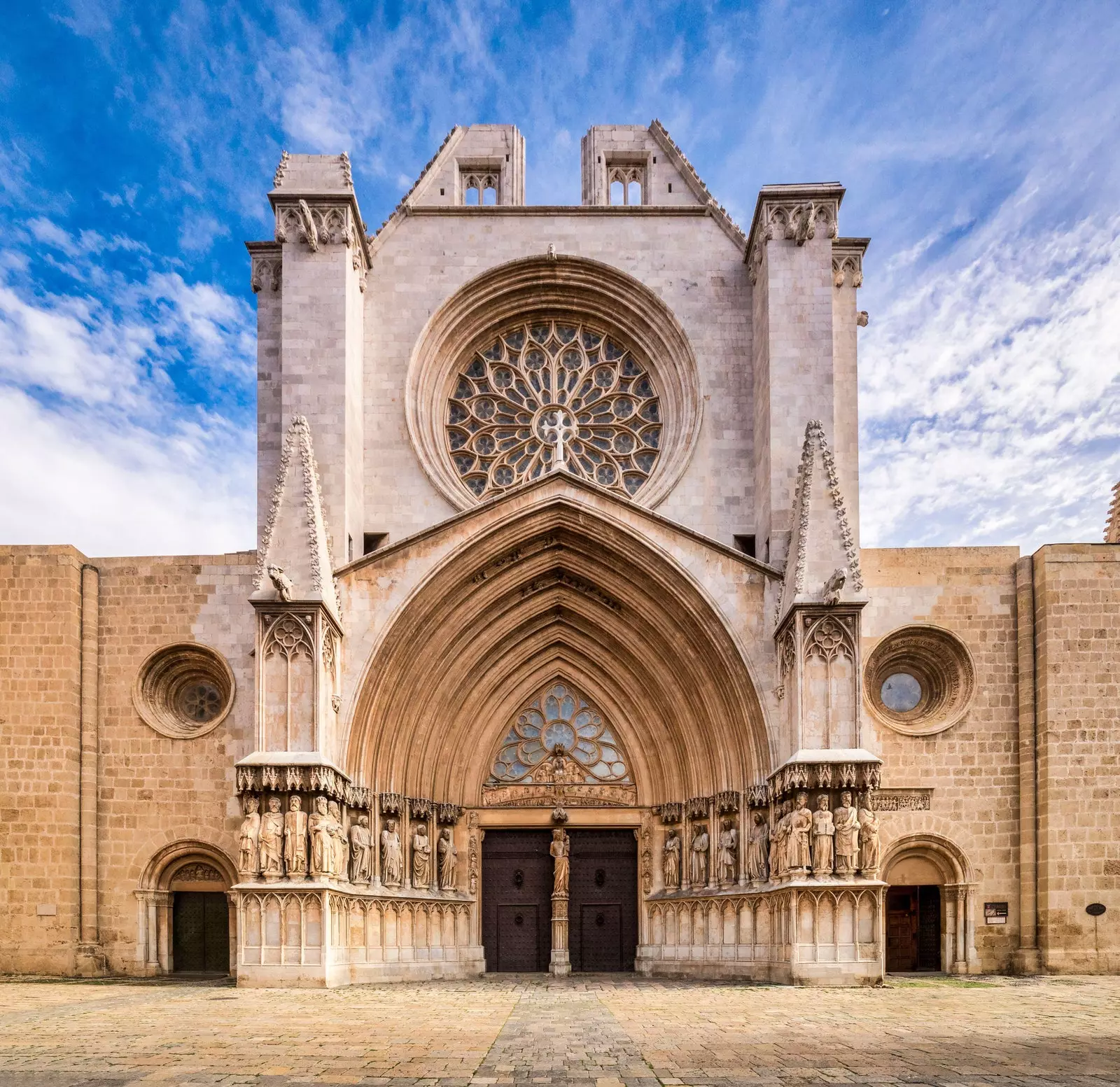
Tarragona Cathedral in Pla de la Seu.
A SUNSET WALK
Tarragona it welcomes us with its last rays of sun on a summer day; its streets are about to light up... How beautiful is its Cathedral at dusk! We observe it from Calle Mayor, in the distance. In this street of the old part it is convenient to walk at any time of the day because it is full of shops, bars and restaurants. Perhaps the most beautiful thing about its historic center is that there is esteem and protection for the old shops, for crafts, ceramics and local gastronomic products. One of our favorites is Craft (carrer major, 17), here you will find handmade ceramic tableware or wicker baskets of all sizes and for all tastes.
It is in the upper part where the oldest (open) store in Catalonia and one of the 15 oldest in all of Europe is also located. The Old Corderet House (Carrer de la Merceria) opened in 1751 as a chandlery with its own workshop, currently it works as candle and tapers trade , in addition to other decoration products. The most curious? Its intact façade is a trip to the past.
We have a wine where better than in one of its squares? There is always life in Font Square , full of bars and terraces where you can make a stop along the way. Another of its charming and historic squares is the Forum Square , with archaeological remains of the ancient Roman forum and numerous bars, wine cellars and vermouth bars.
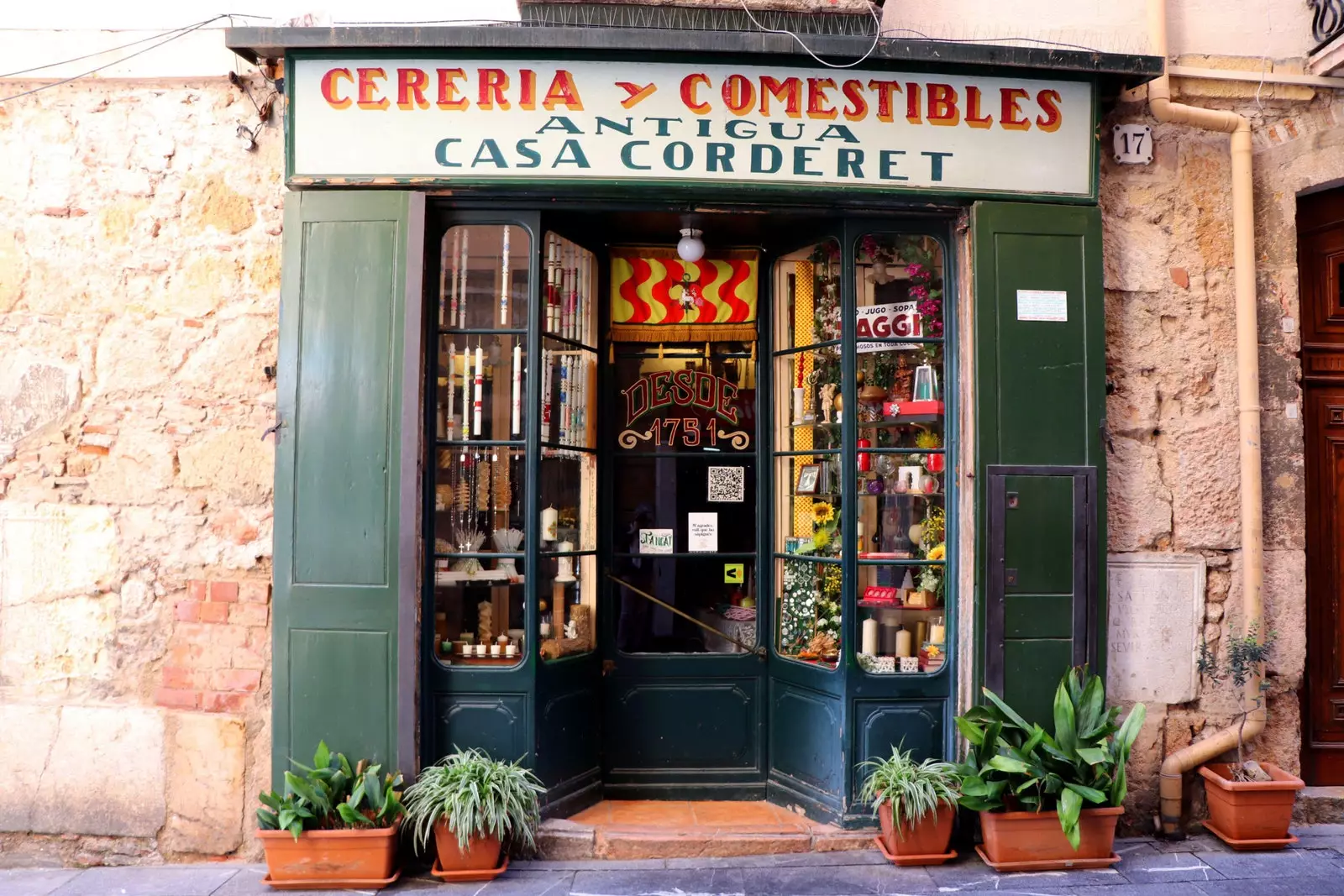
Old Corderet House in Tarragona.
TARRACO WILL ALWAYS BE TARRACO
Tarragona has several routes to do, with or without guides. The Roman, medieval and modernist routes , also the one that takes you through all its museums or through the viewpoints of the city. You choose! Visit the Tourist Office, where they will provide you with a map with the available routes. You can pay a pass of about 7.40 euros per person to access all the monuments or pay a ticket for each of them, with a price of about 3.30.
On this occasion, we opted for the Roman route, the one that takes us through the corners of Tarraco, the second most important city of the Roman Empire. If you are going to do it with us, you might like to download the app picture, that shows you every monument and corner of the city as it was in the 2nd century.
Every major Roman city was endowed with a circus, a theater and an amphitheater . You know, Panem et circenses was the Roman philosophy of life: entertainment to keep the population calm and happy. Thanks to the archaeological work and recovery of historical heritage, in Tarragona we can see the remains of each of these monuments. Let's remember that for that we are in the only city World Heritage of Catalonia.
We start the route by theater , which is away from the old part of the city. It may not be its most glorious exponent, but by visiting it we understand our history. In the middle of the 20th century, it was occupied, and practically destroyed, to establish agricultural exploitations. Luckily, someone's lightbulb went on and he valued himself by protecting him for life. Today it is in the process of reconstruction.
Walking along the Rambla Vella we make several stops, one in the Monument to the Castles , in the commercial hub of the city, which pays homage to one of the favorite activities of the people of Tarragona: els castells or the most famous human towers in Catalonia; and another in the Abserà Bookstore, opened in 1966.
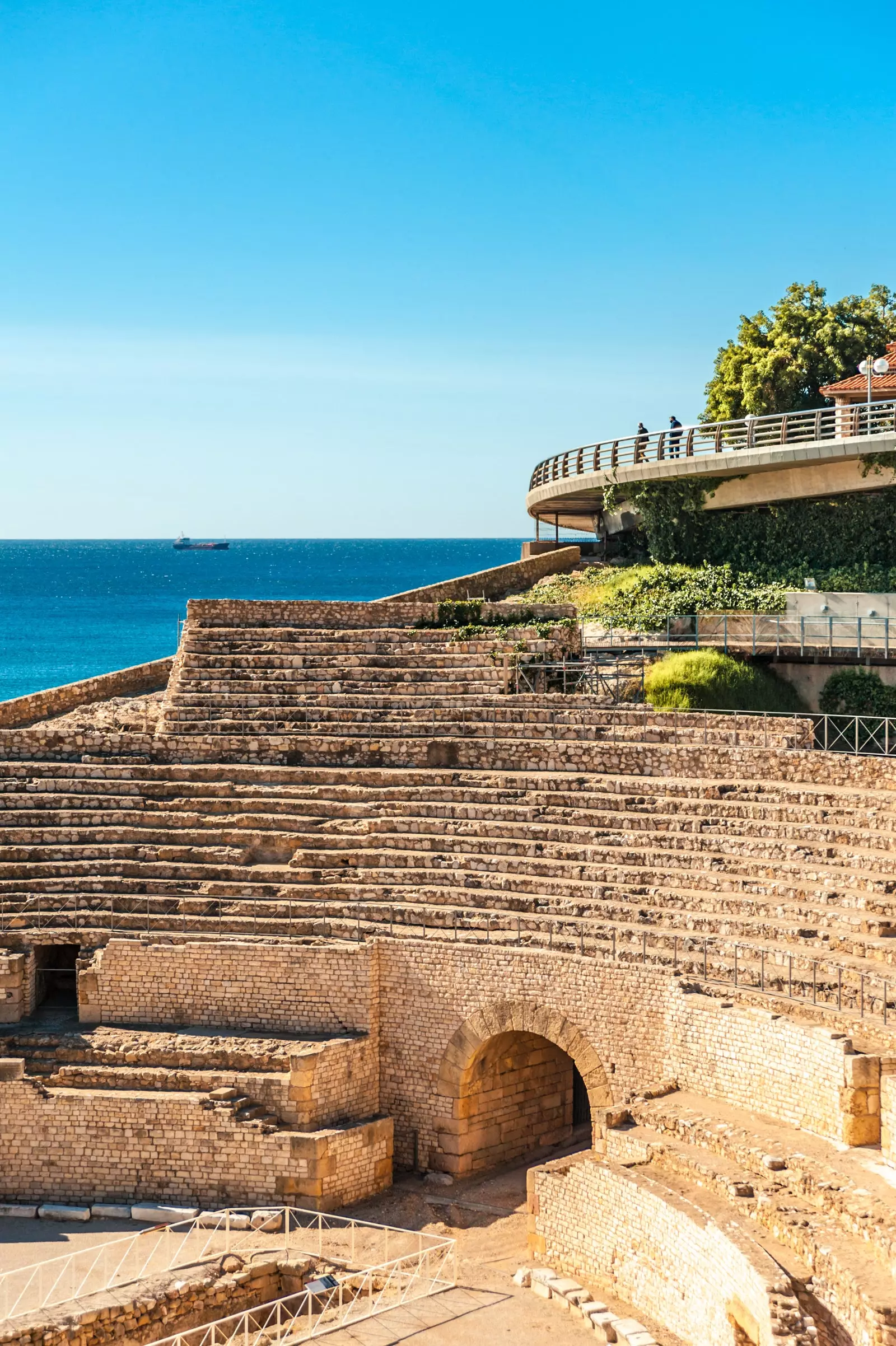
Roman amphitheater of Tarragona.
The Archaeological Walk receives us first thing in the morning, that we must make the most of the day. It is at this point where you can start the Roman route of the old part and go down to the sea through the alleys of the center. The Roman walls date from the 2nd century BC. C. and the medieval and modern fortifications of the XIV-XVIII centuries.
From here you can enter the Model of Tarraco free access. You will find it just after crossing the arch and the walls of the Plaça de la Representació del Forum Provincial, in the Plaça del Pallol. It is a model that reconstructs Tarragona in the 2nd century at a scale of 1:500.
We continue the walk towards the sea until the King's Square where we find another of its most unique buildings: the praetorium . The Palace of Augustus or Castle of Pilate is a Roman tower that housed the stairs that allowed the passage from the lower city to the Provincial Forum and the Circus. The Praetorian Tower was transformed into a king's castle in medieval times and a barracks and prison in modern and contemporary times. Many prisoners of the Spanish civil war lived and died here.
Today, at its entrance, there is a copy of the Romulus and Remus sculpture , the founders of Rome, suckled by the Capitoline wolf. A few meters from the Tower, the Roman circus and the amphitheater are located.
Have you ever seen a Roman amphitheater by the sea? Miracle beach is lucky to be right next to this historical monument. And following the walk, the Mediterranean balcony , one of the most beautiful viewpoints in Tarragona.
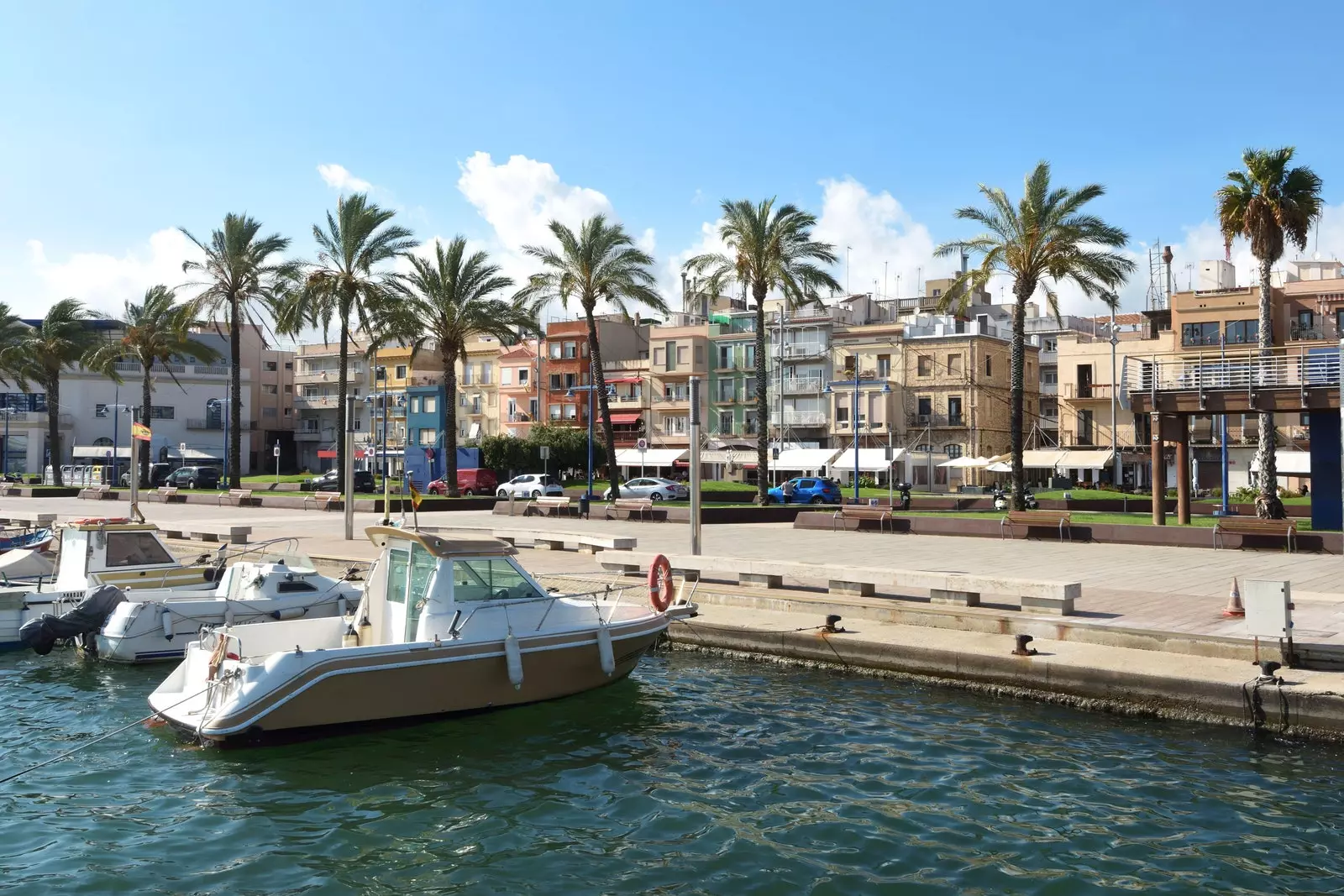
Serrallo neighborhood in Tarragona.
SLEEP AND EAT IN THE SERALLO
We end the day in the most charming seaside neighborhood in Tarragona: the seraglio . At the end of the Miracle beach, the city's marina begins and, within it, we find this seafaring neighborhood that has managed to reinvent itself and become one of the city's gastronomic attractions.
Within the neighborhood is the MNAT, the National Archaeological Museum, the Museum of the Port of Tarragona and the Teatret Seraglio , installed in the building of the old fishermen's posit, where cultural events are currently held. El Pòsit Restaurant is also located in this building, one of the best in the city to try fresh produce fresh from the Fishermen's Market. Their rice dishes are essential.
Also here, you can walk to the Far de la Banya, the Church of Sant Pere and the Clock of the Port. In short, the Serrallo is a small fishing village within the city.
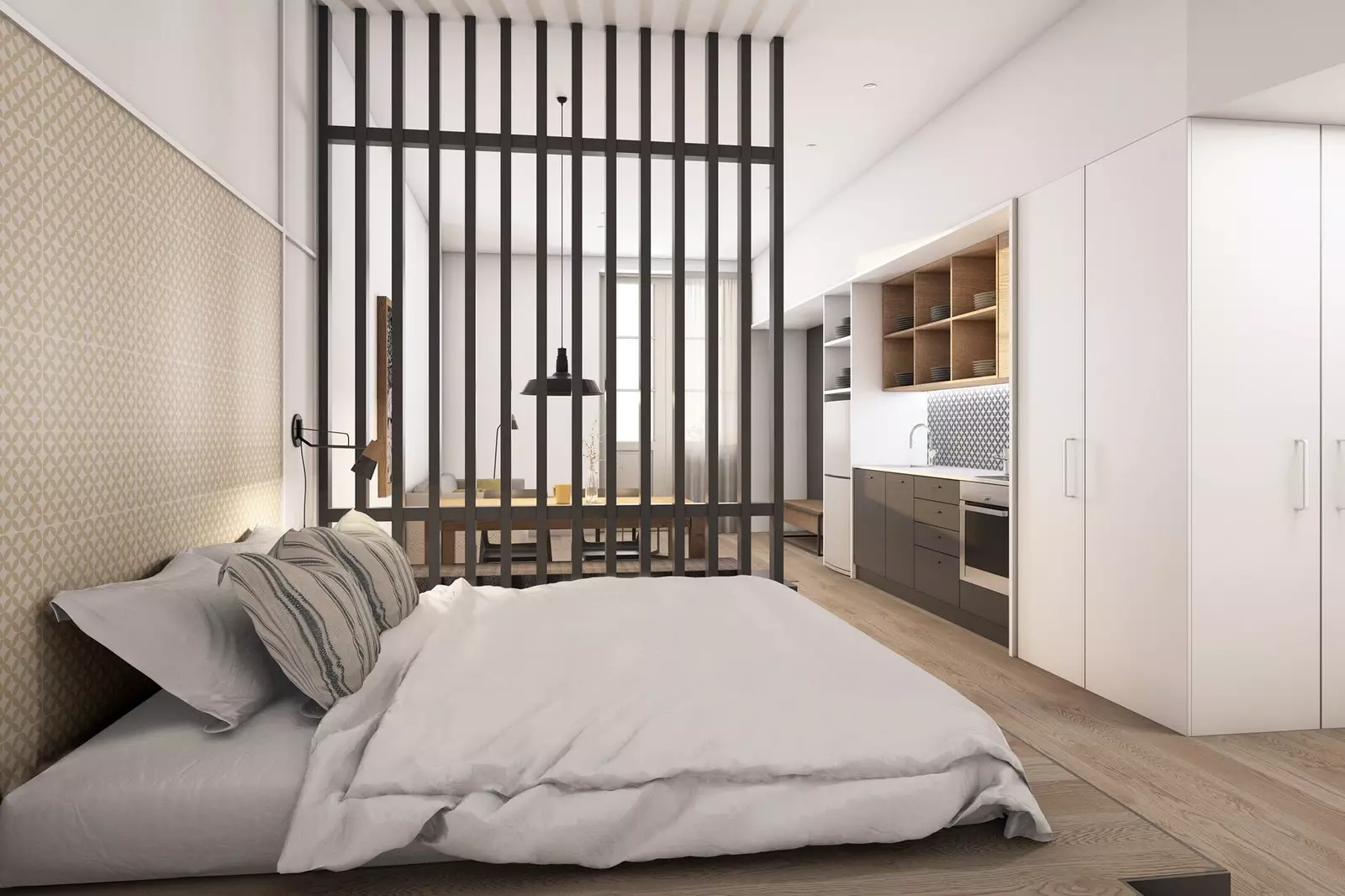
Port Plaza Apartments Tarragona.
In these 48 hours in Tarragona we choose Port Plaza Apartment to rest and continue enjoying with comfort. Its location, 200 meters from the train station and the port, makes these apartments especially interesting for travellers. Because, in addition, they are about 15 minutes from the Rambla Nova and the old town.
The apartments, completely new and modern -opened in 2019-, are ideal for families or couples; they are calm and quiet, and perfectly equipped for a city break or a longer trip around the province.
One of the strong points when booking this type of apartment is its commitment to sustainability, not only because of the restoration of old buildings (as is the case), but also because it has the certification BREEAM® EN (the only complex of these characteristics in Tarragona). Its carbon footprint is only 2kg/m2 of CO₂ per year, and its energy rating is type A.
They have three types of apartments: the studio, the one-bedroom apartment (like the one in the photo) or the two-bedroom apartment. In addition, they offer laundry service, 24-hour reception, cleaning and parking.
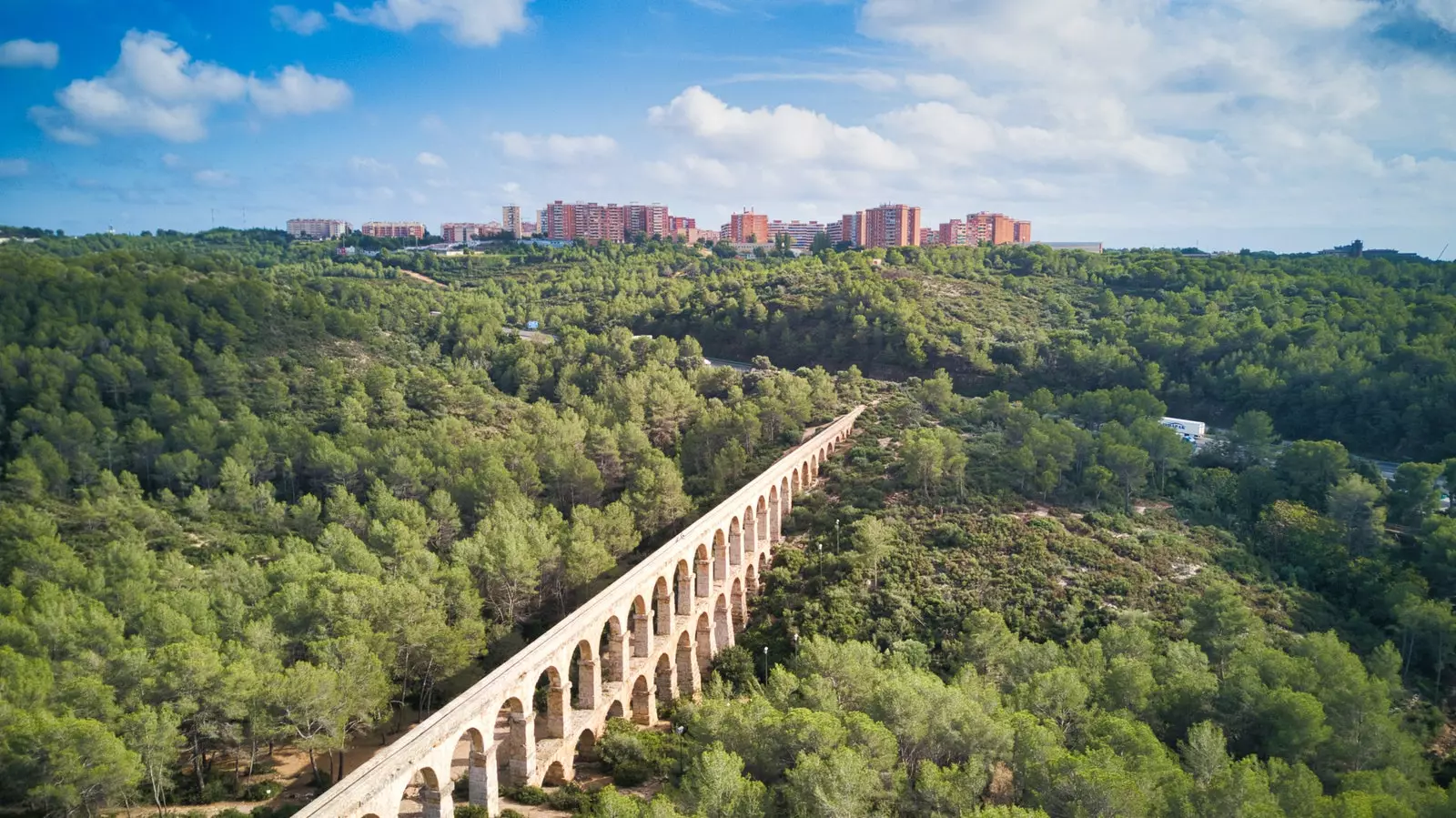
THE SEA TO THE AQUEDUCT
After the visit and overnight stay in the Serrallo, we headed for a new adventure. This time we are going to the sea, if you are going to prepare your visit to Tarragona, never forget to bring your swimsuit because the province and its coast enjoy a wonderful microclimate all year round . So it is possible that you can bathe in any season, although especially in summer.
You have several options, if you like long beaches with services, Playa del Miracle is yours; if you want to explore something more hidden, Playa dels Capellans, if you are looking for a cove with a castle, yours is Cala Jovera or Playa de Tamarit. On the outskirts, one of the most famous and busiest, Waikiki Cove or Cala Fonda. In this link you have the information of all.
Don't you feel like beach? Beyond the sea, next to the N-240 in the direction of Lleida, is the Roman aqueduct of Tarragona . In the 1st century, two long aqueducts were built to supply the city with water, the first -which received the name of Aqua Augusta- took water from the Gaià river and had a length of about 50 km, while the second took it from the Francolí and its length was about 15 km.
Today, what can be visited is the section that belongs to the latter and it is a bridge about 217 m long and 26 m high that spanned a ravine. It is popularly known as Devil's Bridge either Les Ferreres aqueduct . In its surroundings, there are numerous trails to spend the day surrounded by forests.
